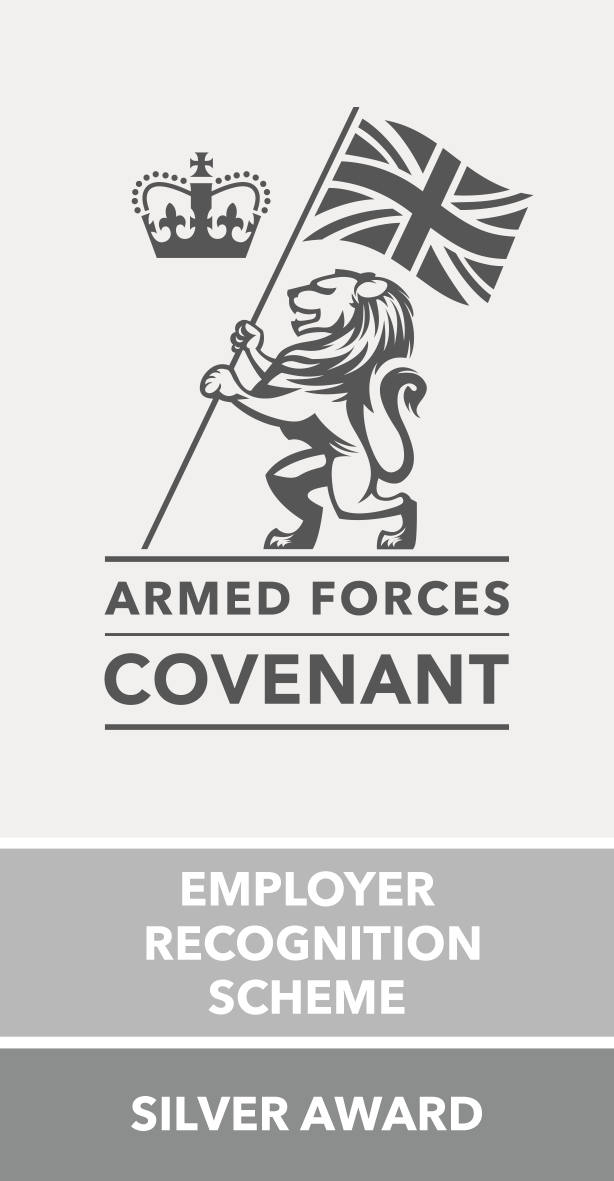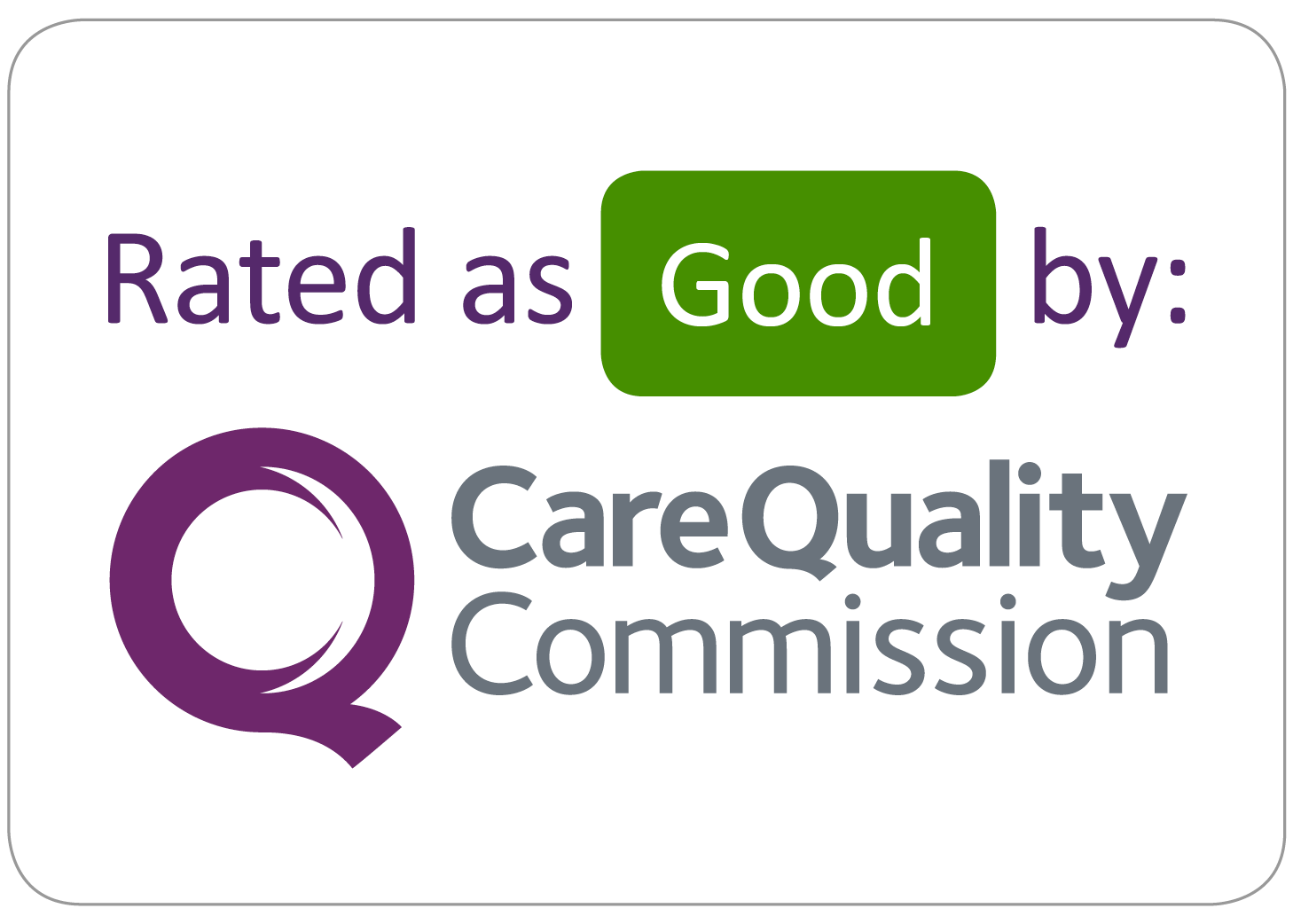Shoulder and Elbows
Shoulder and Elbow Surgery address a wide range of conditions affecting the bones, joints, ligaments, tendons, and nerves in the shoulder and elbow. Many problems can be successfully treated without surgery, using approaches such as physiotherapy, targeted injections, activity modifications, and medication. When conservative treatments are not sufficient, surgical intervention may be recommended to relieve pain, improve function, or restore stability to the joint.
Trauma
Collarbone (Clavicle) Fracture
A clavicle fracture is a break in the collarbone, the long, thin bone that runs horizontally between the top of your breastbone (sternum) and the shoulder blade. This is one of the most common bone fractures, often caused by a fall onto the shoulder or a direct blow to the collarbone.
What are the Symptoms?
If you have a fractured clavicle, you will likely experience:
- Severe pain when you try to move your shoulder.
- Swelling and bruising over the collarbone.
- A "popping" or "grinding" sound when you move your shoulder.
- Your shoulder may sag downwards and forwards.
- A visible lump or deformity where the bone has broken.
Treatment and Recovery
Most clavicle fractures heal without surgery. The goal of treatment is to hold the bone in the correct position while it heals.
- Sling: You will be given a sling to wear to support your arm and keep your shoulder from moving. You should wear this for several weeks.
- Pain Management: Over-the-counter pain relievers can help with the discomfort.
- Physical Therapy: Once the pain has significantly improved, your doctor or a physical therapist will give you gentle exercises to help you regain your range of motion and strength.
When is Surgery Needed?
Surgery may be recommended for certain types of fractures, such as:
- When the broken bone fragments are very far apart.
- When the bone has broken through the skin.
- When the fracture is a risk to nerves or blood vessels.
Surgery involves using plates and screws to hold the bone fragments together while they heal.
Most people make a full recovery from a clavicle fracture and can return to their normal activities, although it can take several months. It is important to follow your doctor's and therapist's advice to ensure proper healing.
Shoulder Dislocation
A shoulder dislocation is when the ball of your upper arm bone pops out of the socket of your shoulder blade. The shoulder is the body's most flexible joint, which also makes it the most prone to dislocation.
What are the Symptoms?
If you have a dislocated shoulder, you will experience:
- Intense pain
- Your shoulder may look visibly out of place or deformed.
- You will be unable to move your arm.
- Swelling and bruising may also be present.
What to Do
If you think you've dislocated your shoulder, seek immediate medical attention.
- Do not try to put the shoulder back in place yourself. This can cause more damage to the nerves, blood vessels, and ligaments.
- Gently support the arm with a sling or a towel.
- Apply an ice pack wrapped in a towel to the area to help with pain and swelling.
Treatment and Recovery
In the hospital, a doctor will perform a "closed reduction" to gently maneuver the arm bone back into its socket. You will be given medication to help with pain and muscle relaxation.
- After the shoulder is back in place, you will wear a sling for a few weeks to allow the tissues to heal.
- Once the pain has lessened, a physical therapist will give you exercises to restore your range of motion and strengthen the muscles.
- Full recovery can take several months. It is important to follow the rehabilitation plan to prevent the shoulder from dislocating again.
Disorder
Frozen Shoulder
Frozen shoulder is a condition that causes pain and a significant loss of movement in your shoulder. The connective tissue surrounding your shoulder joint becomes inflamed, tight, and thick, making it difficult to move.
The exact cause isn't known. It can sometimes happen after an injury or surgery that kept your arm still. It's more common in people aged 40-60, particularly women, and those with diabetes or thyroid problems.
Most cases of frozen shoulder will get better on their own over time. Treatment helps to manage the pain and improve movement.
- Pain Relief: Your doctor may recommend anti-inflammatory medications or a steroid injection into the joint to help reduce pain.
- Physiotherapy: A physiotherapist can give you gentle exercises and stretches to help you regain your range of motion. It's important to do these regularly but avoid pushing through severe pain.
- Surgery: Surgery is rare. It is only considered for severe cases that haven't gotten better with other treatments.
Golfer’s Elbow
Golfer's elbow is a condition that causes pain and tenderness on the inner side of your elbow. This pain can also spread down your forearm. It happens when the tendons that attach your forearm muscles to the inside of your elbow bone become strained, usually from overuse.
Despite the name, you don't have to play golf to get it. It's often caused by repetitive motions that involve gripping, lifting, or twisting the wrist, such as:
- Playing sports like golf, tennis, or baseball.
- Repetitive tasks in certain jobs, such as carpentry, plumbing, or construction.
Tennis Elbow
Tennis elbow is a condition that causes pain and tenderness on the outer side of your elbow. The pain can also spread down your forearm and into your wrist. It happens when the tendons that attach your forearm muscles to the outside of your elbow bone become strained, usually from repetitive arm and wrist movements.
Despite the name, most people who get tennis elbow don't play tennis. It's often caused by activities that involve a lot of gripping, twisting, or lifting, such as:
- Playing sports like tennis or badminton.
- Repetitive tasks in certain jobs, like painting, plumbing, or using tools.
Ulnar nerve entrapment (Cubital Tunnel Syndrome)
Cubital tunnel syndrome is a condition caused by compression of the ulnar nerve as it passes through a narrow tunnel (the cubital tunnel) on the inside of your elbow. The ulnar nerve is often called the "funny bone" nerve because hitting it in this spot causes a tingling, numb, and sometimes painful sensation. When the nerve is compressed, it can cause symptoms in your hand, especially in your ring and little fingers.
Surgery
Shoulder Replacement
Shoulder replacement surgery, also known as shoulder arthroplasty, is an operation to replace a damaged shoulder joint with an artificial one. The shoulder is a "ball and socket" joint. During the surgery, the damaged parts of the bones are removed and replaced with a metal ball and a plastic socket.
The most common reason for a shoulder replacement is severe pain and loss of motion due to arthritis (wear and tear of the joint). It may also be used to treat a bad fracture or other severe injuries to the shoulder. The main goal of the surgery is to relieve pain and, hopefully, restore better movement.
You can click on the icons below to find out more about problem in specific area.






















